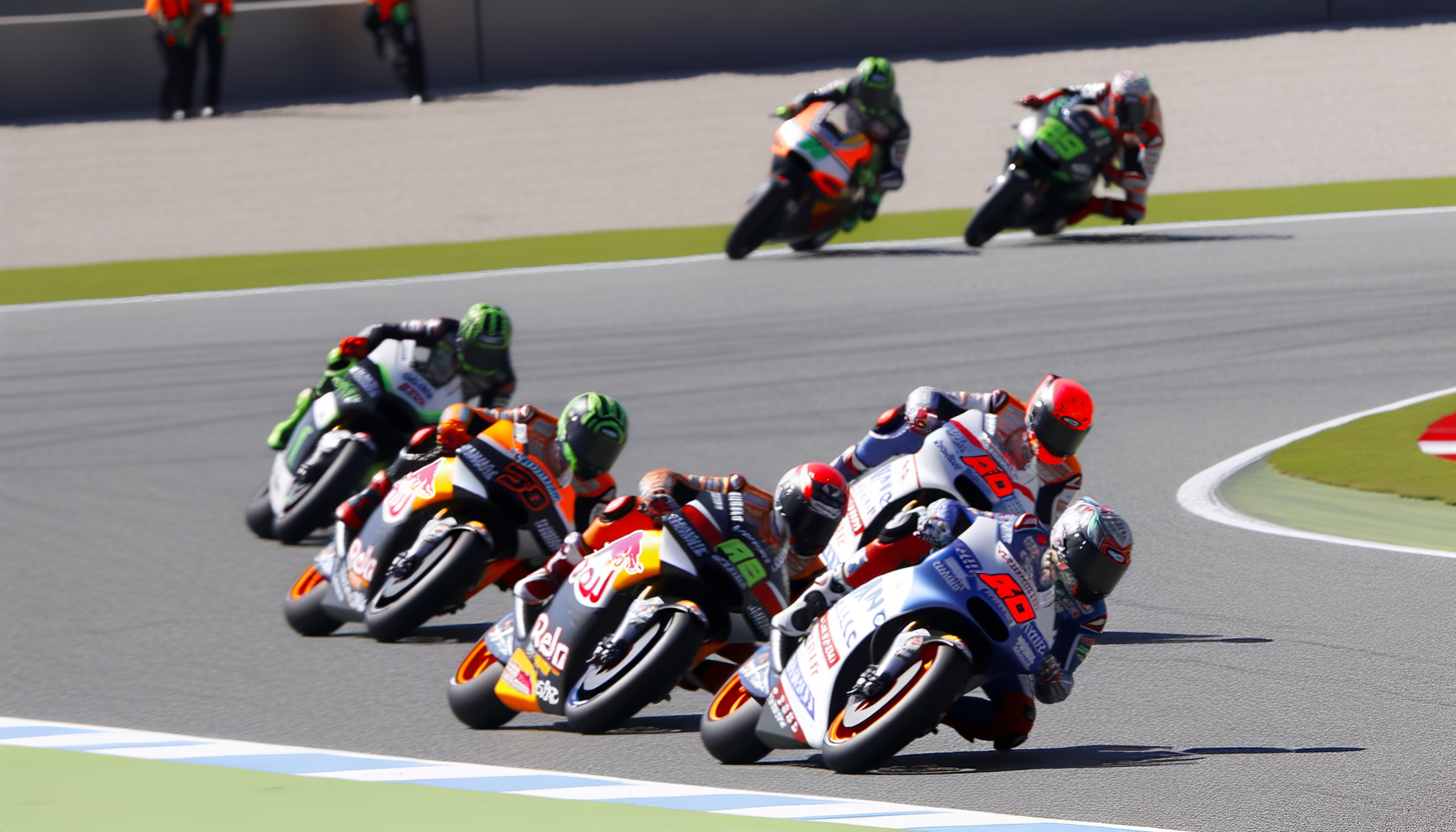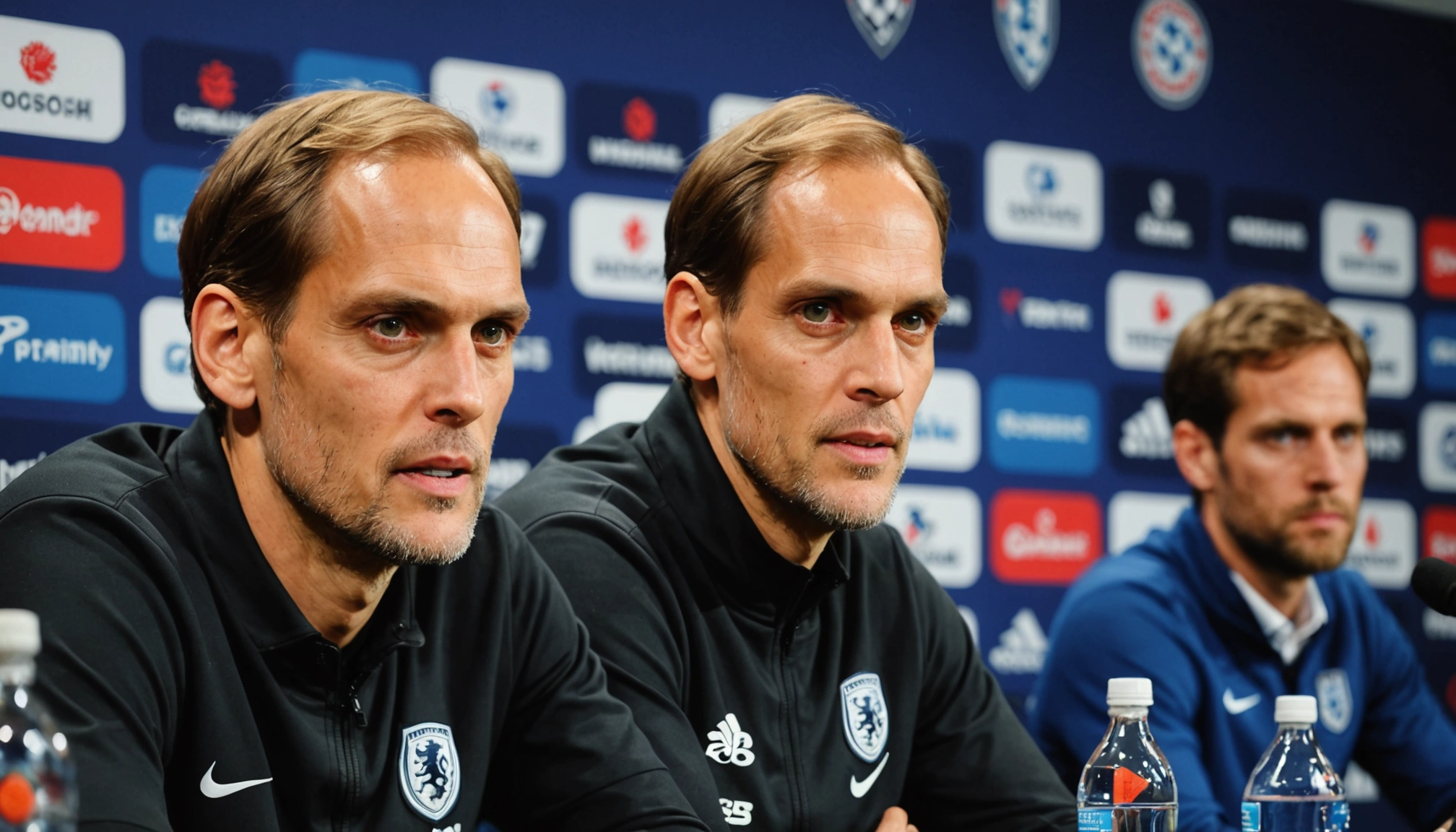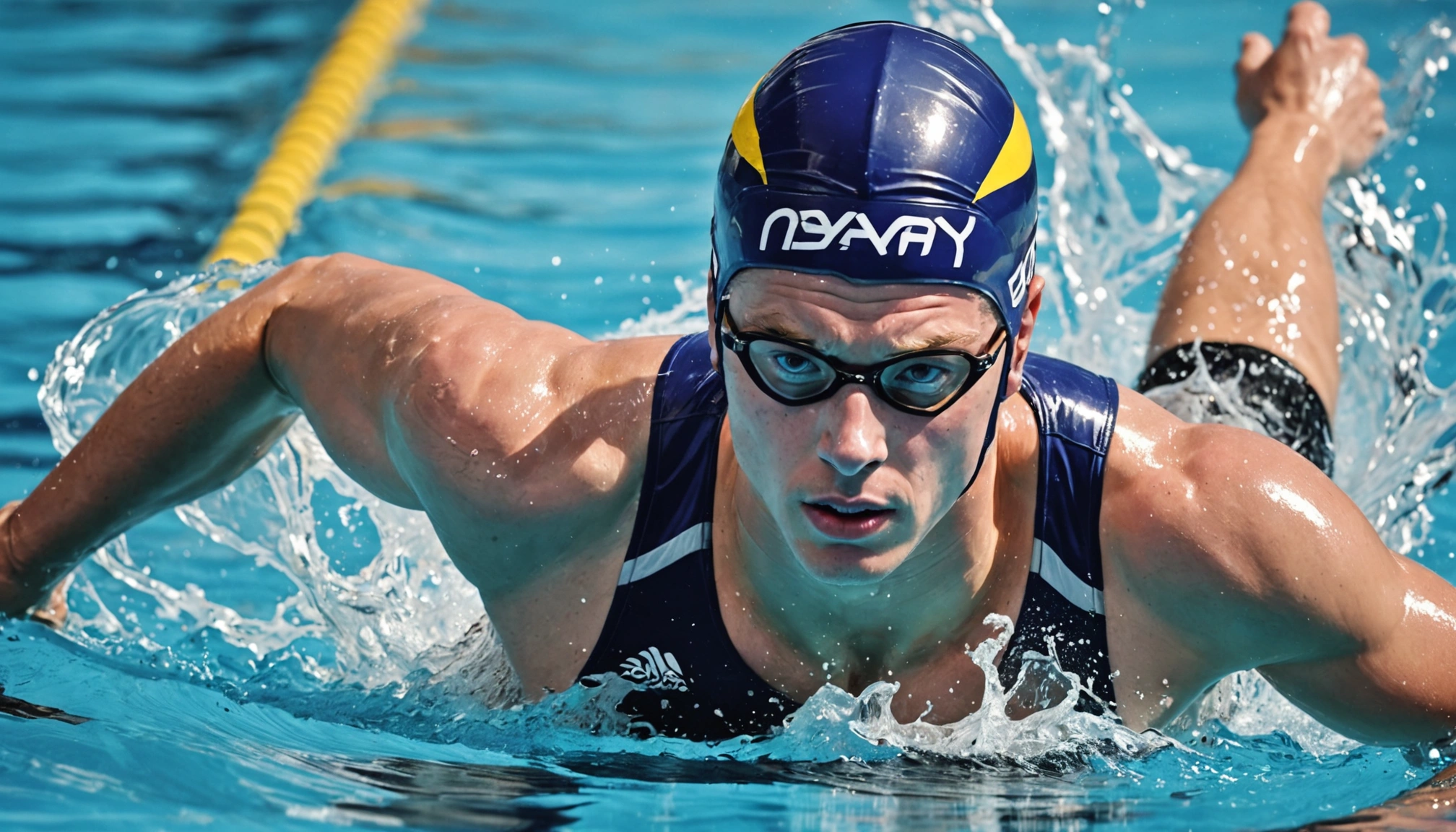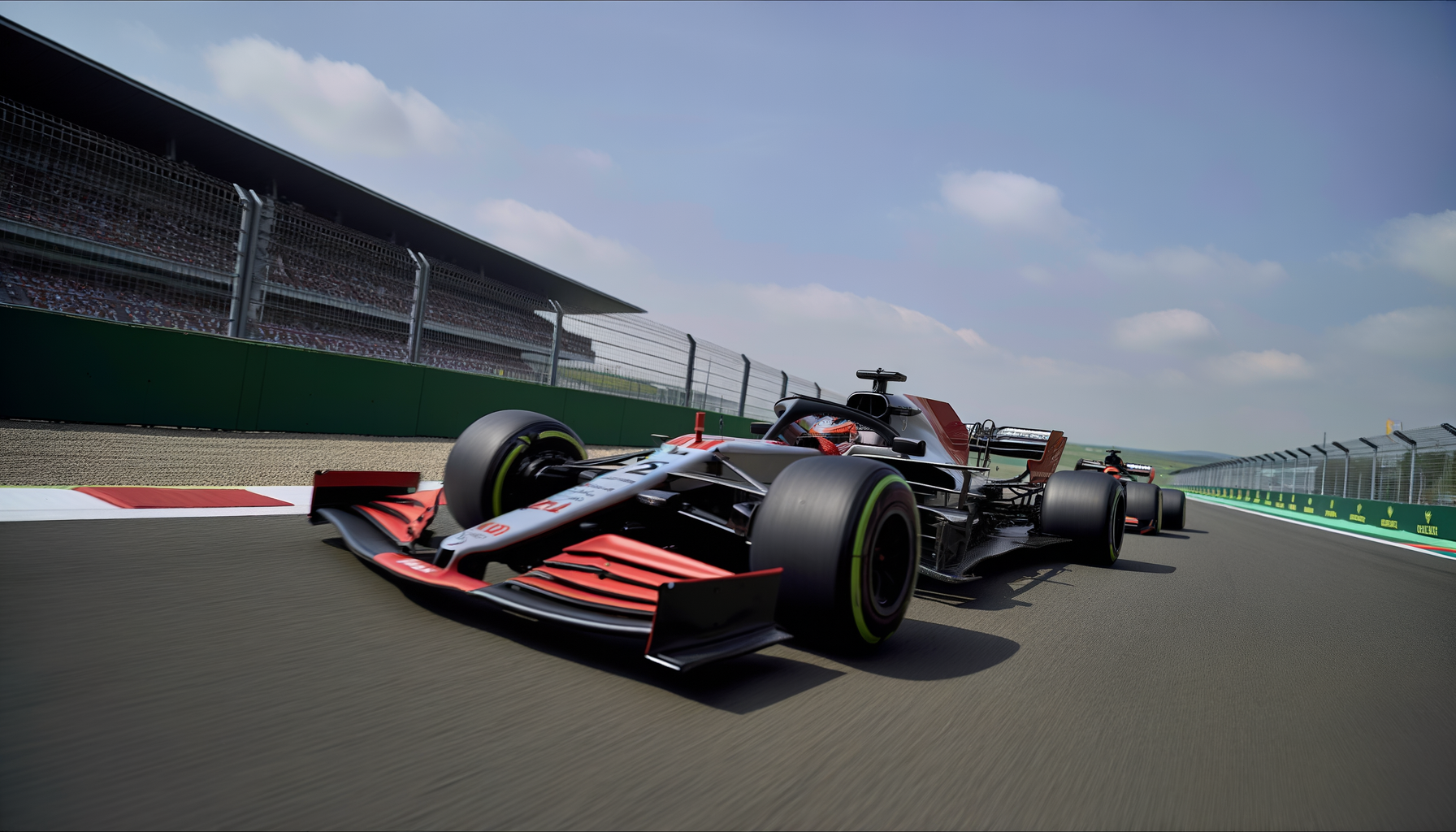MotoGP Moves Toward Eliminating Team Disparities By 2027
MotoGP aims to level the playing field by 2027, reducing team disparities similar to F1. Explore how this will reshape the sport and enhance competition.

By Editorial
MotoGP’s Vision To Reduce Team Disparities By 2027
MotoGP, the pinnacle of motorcycle racing, is embarking on a significant journey to minimise the performance gap between teams by 2027. Inspired by Formula 1’s efforts to balance competition, this initiative represents a strategic shift aimed at enhancing the sport’s unpredictability and excitement for fans worldwide.
Why Eliminating Team Disparities Matters In MotoGP
Historically, MotoGP has seen dominance by a few top teams with access to superior technology and budgets. This has sometimes led to predictable race outcomes, reducing the thrill for viewers and fans. By striving to eliminate such disparities, MotoGP organisers hope to create more competitive grids where talent and strategy shine, not just financial muscle.
The Impact On Competition And Fan Engagement
When teams are more evenly matched, races become less predictable, fostering intense battles for podiums and victories. This competitive balance has proven successful in sports like Formula 1, which has introduced budget caps and technical regulations to level the playing field. MotoGP’s move echoes similar principles, aiming to boost fan engagement and global interest.
How MotoGP Plans To Achieve Parity
The approach involves a combination of financial regulations, technical standardisation, and resource sharing. While MotoGP teams currently operate with varying budgets and technical freedoms, the new framework will introduce limits on spending and development to ensure smaller teams are not left behind.
Technical Regulations And Standard Parts
One key element is the introduction of standardised components, such as electronics and chassis parts, which will reduce costly custom developments. This not only lowers expenses but also ensures that no team can gain an unfair technical advantage. Similar strategies have been implemented in other motorsports to great effect.
Budget Caps And Financial Fair Play
Financial controls will cap the amount teams can spend on development and operations, compelling them to prioritise efficiency and innovation within constraints. This approach has been championed in Formula 1, where the budget cap has helped narrow gaps between top and lower-tier teams.
Case Studies From Other Sports
Formula 1’s recent reforms provide a valuable blueprint. Since introducing budget caps and aerodynamic restrictions, the field has seen greater parity, with unexpected race winners and closer championships. Similarly, British boxing has faced challenges balancing resources among fighters, but emerging talents like Molly McCann demonstrate how talent can shine despite disparities.
Lessons From Formula 1 And Beyond
The key takeaway is that structural reforms can successfully enhance competition without compromising the sport’s integrity. MotoGP’s plan reflects an understanding that sustainable growth requires inclusivity and fairness, which benefits both teams and fans alike.
Potential Challenges And How MotoGP Can Overcome Them
Implementing these changes will not be without obstacles. Teams accustomed to extensive technical freedom may resist restrictions, and balancing innovation with parity is delicate. However, transparent governance and phased implementation can ease the transition.
MotoGP can also learn from other sports’ experiences with financial controls, ensuring that enforcement mechanisms are clear and penalties for breaches are effective.
The Future Of MotoGP Competition Post-2027
By 2027, MotoGP hopes to showcase a world where races are won by strategy, rider skill, and team cohesion rather than budget size alone. Fans can expect more thrilling overtakes, unpredictable outcomes, and a diverse range of race winners.
This evolution may also attract new sponsors and broadcasters interested in the enhanced spectacle, boosting the sport’s global profile.
Connect With Broader Sports Developments
As MotoGP advances this ambitious plan, it’s worth noting similar shifts in other sports sectors. For example, the Darts 2025 schedule has emphasised competitive balance with a revamped tournament format, illustrating a wider trend toward fairness in sport.
Similarly, football clubs face evolving financial landscapes, as seen in the recent Daniel Levy departure at Tottenham, which signals potential changes in club management and strategy to maintain competitiveness.
Conclusion: Why Fans Should Be Excited
The move to reduce team disparities marks an exciting chapter for MotoGP. It promises a future where races are more thrilling, unpredictable, and inclusive. For fans, this means greater entertainment and closer connections to their favourite riders and teams.
By learning from other sports and implementing thoughtful reforms, MotoGP is positioning itself to remain a premier global motorsport well into the future.
Related topics
Editorial
Sports expert at SportsScoop
Specialist in sports analysis and journalism
Related articles
Want to read more?
Explore our comprehensive collection of sports articles and analysis, or contact us for more information.



